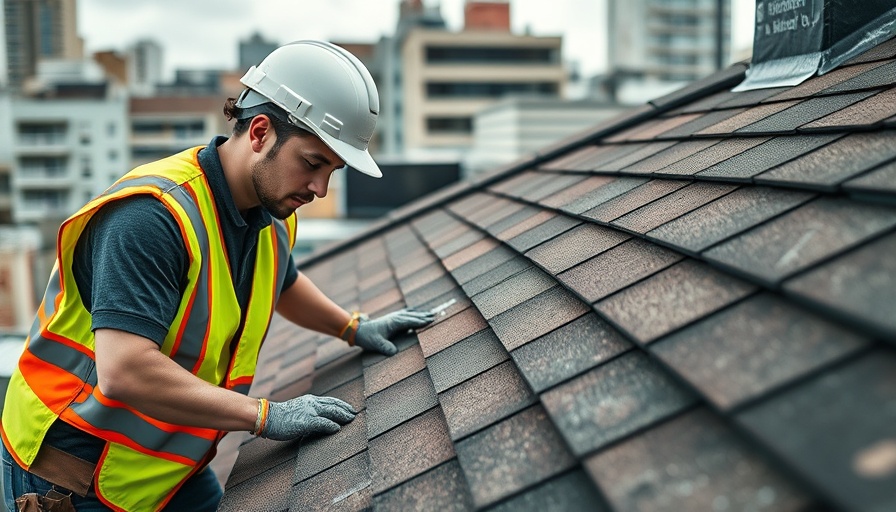
Why Knowing Your Roof's Shingle Layers Matters
Understanding whether your roof has two layers of shingles is crucial not only for maintenance but also for safety and insurance purposes. Many homeowners are unaware that two layers can complicate repairs, increase weight, and create hidden issues that might worsen over time. In the United States, it is common for roofs to have up to two layers of shingles, as many building codes and manufacturers restrict it to avoid complications.
How to Identify Two Layers of Shingles
Here are several reliable methods to check your roof:
- Inspect the Roof’s Edge: Climb a ladder to examine the roof edges, specifically at the eaves and rakes. Lift the bottom row of shingles; if you see another layer beneath, you probably have two layers. Keep an eye out for that thicker, stair-step appearance indicating double layers.
- Surface Irregularities: Walk around your home and look for unevenness on your roof's surface. Two shingle layers can create a lumpy or wavy appearance, especially around vents and flues, as the new shingles conform to the shape of the older, possibly worn layer beneath.
- Check Inside the Attic: You might also spot signs of multiple layers from your attic. Look for extra thickness along the roofline or roofing nails that appear short; this might indicate a second layer due to less penetration into the decking.
- Consult a Roofing Professional: If you feel uncomfortable inspecting from a ladder, don’t hesitate to call a professional. They can confirm the number of layers present safely and mitigate any risks.
Understanding the Risks of Two Shingle Layers
It’s essential to recognize that additional weight from multiple layers can stress your roof structure. Moreover, hidden damages from the underlying layer—like leaks or rot—can grow unnoticed, leading to more extensive and expensive problems down the line. It’s advisable to conduct thorough inspections regularly to ensure that any potential issues are addressed promptly.
Take Action Today
Identifying layers of shingles is a crucial maintenance task every homeowner should consider. Whether you're assessing the durability of your roof or planning a replacement, evaluating the shingle layers can save you time, money, and headaches in the future. Make it a point to inspect your roof periodically and be vigilant about its maintenance needs.
 Add Row
Add Row  Add
Add 



Write A Comment